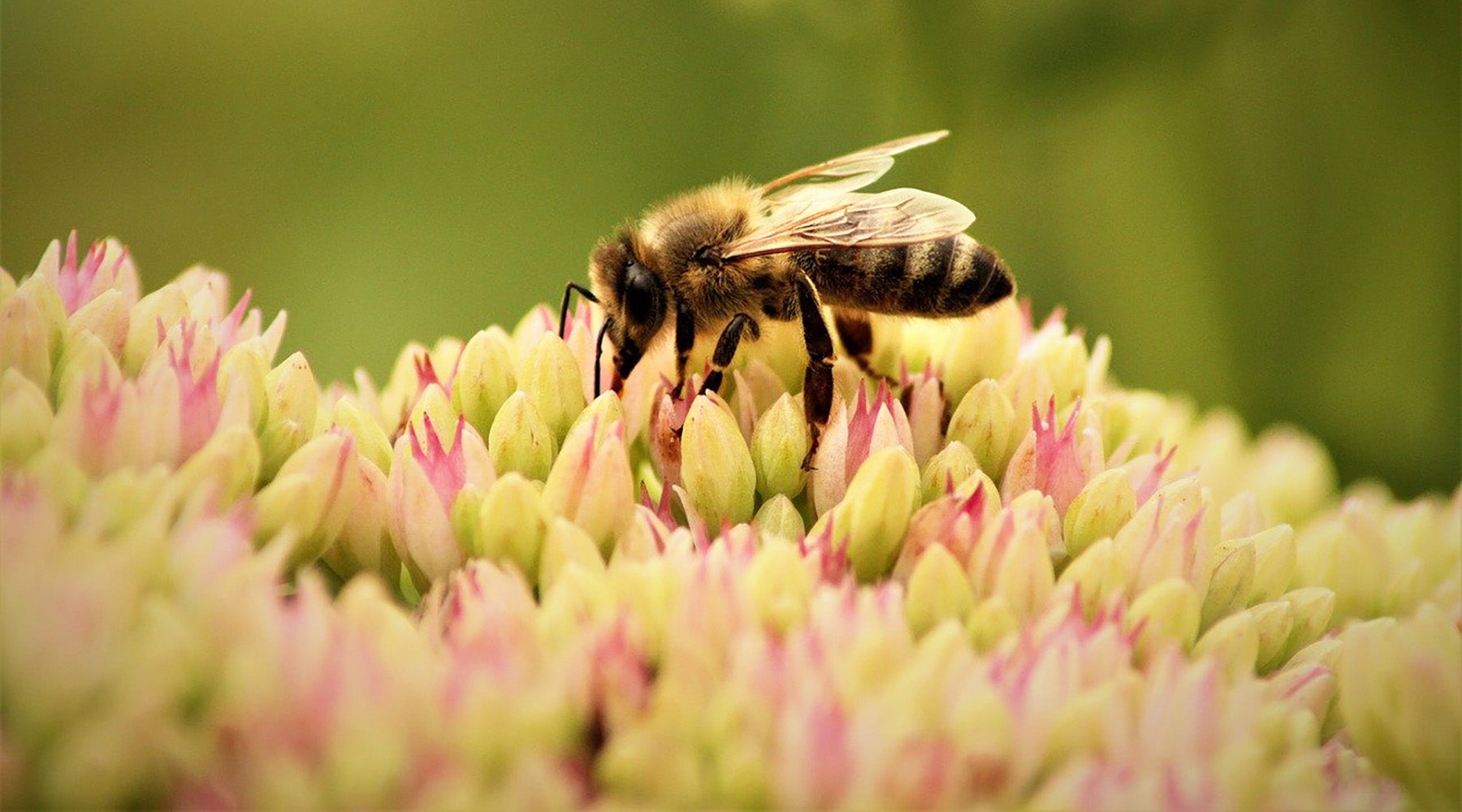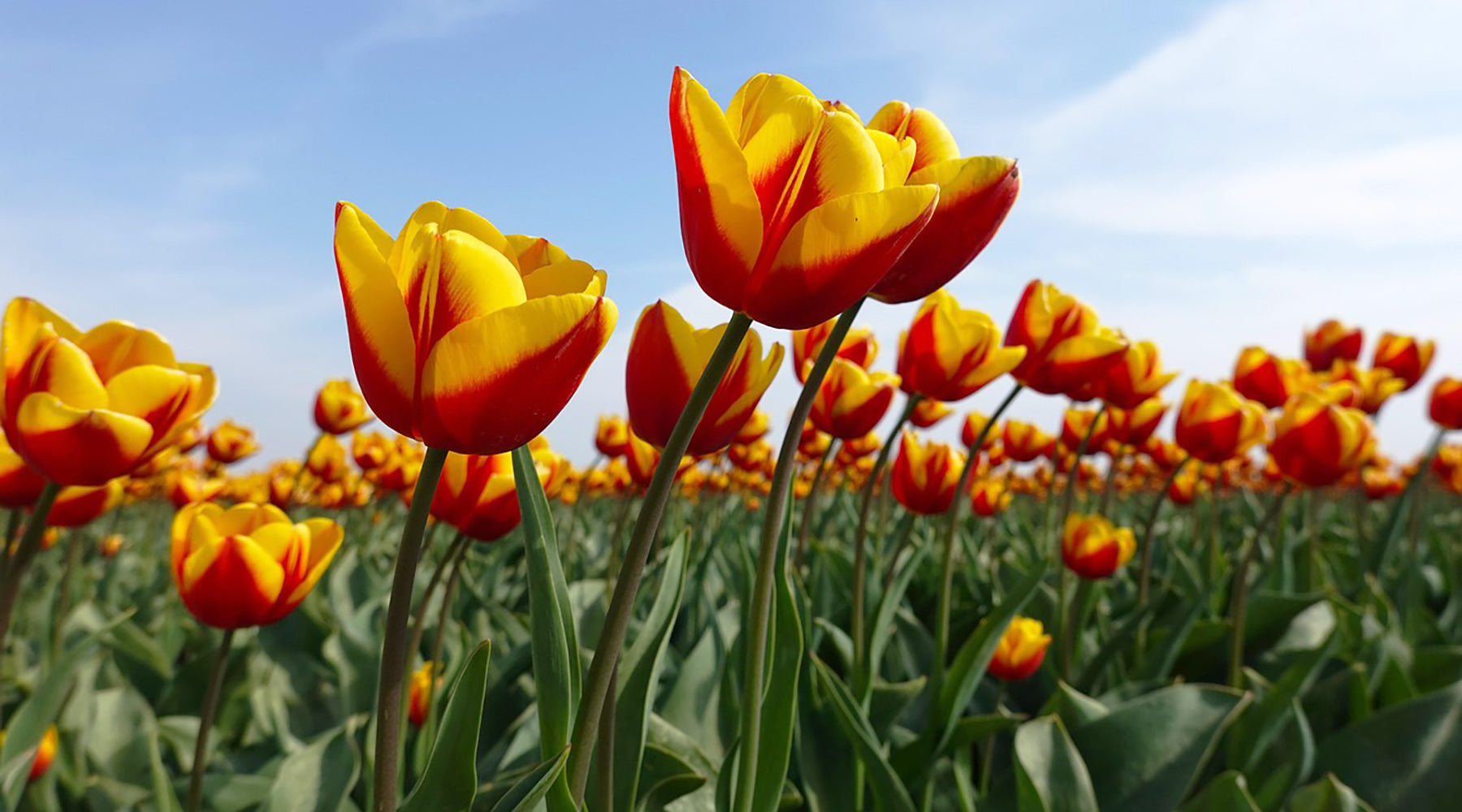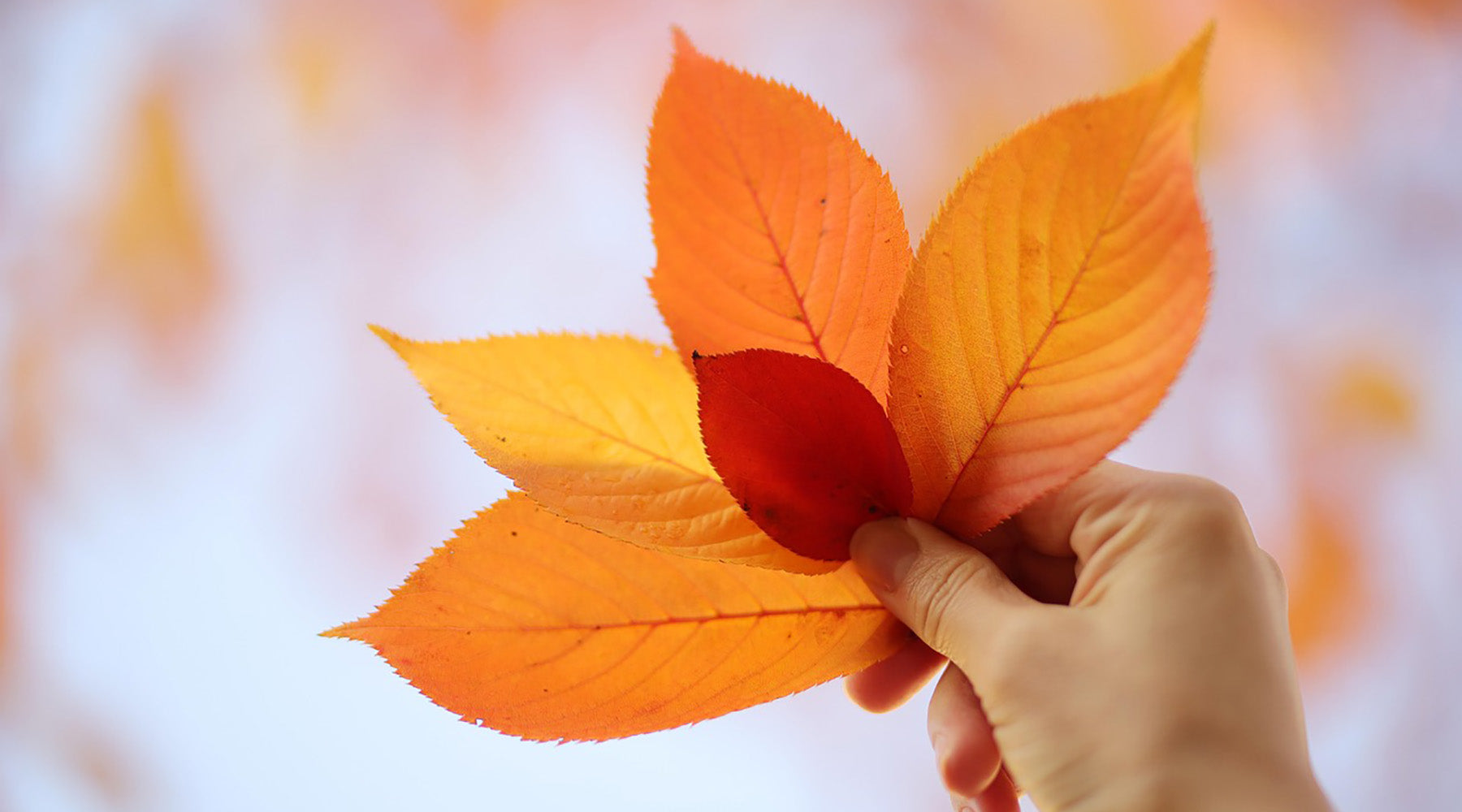
Create an Autumn Pollinator Paradise
Summer seems to have disappeared rather quickly this year, with the beginning of September bringing heavy rain and cooler temperatures. This change means that many of our essential pollinators struggle to find nectar-rich plants to survive. But you can ensure your garden becomes a vital late-season refuge for bees, butterflies and other beneficial insects. With October set to stay mild - at least for a while - it's the perfect time to plant and plan for an autumn pollinator paradise.
Why autumn pollinators matter
Although the days are growing shorter and temperatures beginning to dip, autumn pollinators are still working hard. Many bumblebee queens need to feed heavily before hibernation, building up the fat reserves that will carry them through winter until spring flowers reappear. Migrating butterflies, such as the striking Red Admiral, also rely on abundant nectar sources at this time of year to fuel their long journeys south. Without late-season flowers, these creatures face what gardeners call the “hungry gap”, a critical shortage of food between the end of summer blooms and the onset of winter. By planting for autumn pollinators, we can help ensure they get the nutrition they need at this crucial stage in their lifecycle.
Late-flowering plants to add now
Adding a few late-flowering perennials to your borders can make all the difference to pollinators. We have all of the following in stock now:
• Anemone ‘Pocahontas’ and ‘Fantasy Belle’ (Pocahontas is particularly 'floriferous' at the moment!)
• Mini Cyclamen (flowers through the winter apart from when it gets below freezing)
We also have some which are very early flowering, to give pollinators a boost into next year:
• Erica darlyensis (Heather family so is evergreen will flower in the spring but holds its buds until then)
• Skimmia (Evergreen and in bud until spring, when it flowers, but adds great winter interest too)
(Find further late colour advice here).
Shrubs and trees for autumn forage
It’s not just herbaceous plants that sustain pollinators in autumn, shrubs and trees can provide vital late nectar too. Ivy (Hedera helix) is perhaps the most important: when in flower, it becomes a true haven for bees, flies and butterflies, offering nectar at a time when little else is blooming. Mahonia is another excellent choice; while many varieties bloom later in the year, early-flowering types can start in autumn, offering clusters of fragrant yellow flowers. Crab apples (Malus) pull double duty: their blossoms support pollinators earlier in the season and, later, the fruits provide a valuable food source for birds, helping to complete the garden’s wildlife cycle.
Habits that help
Supporting autumn pollinators isn’t just about what you plant, it’s also about how you garden. One simple step is to delay deadheading: leaving a few spent flowerheads in place not only provides seed for birds but also shelter for insects. Avoid using pesticides, especially systemic insecticides that can linger in nectar and harm visiting pollinators. Instead, adopt natural pest-control methods where possible (link to natural pest remedies blog). Creating wild corners in your garden also makes a big difference. A pile of twigs, leaves, or hollow stems can offer insects a safe winter home, helping them survive until spring. (Read more about some good gardening habits here.)
Bonus Tip: Plant ahead for next year
While autumn is about winding down, it’s also the perfect time to plan ahead for a pollinator-friendly spring and summer. By sowing hardy annuals like calendula, cornflowers and borage in September and October, you’ll have early flowers ready next year to feed bees as soon as they emerge. You can also think about succession planting, choosing a range of plants that flower at different times from spring through autumn. That way, your garden provides a continuous banquet of nectar and pollen, ensuring pollinators are supported from the first warm days of March right through to the closing weeks of October.
Closing Thought
By making a few simple plant choices now, your garden can be a vital lifeline for struggling pollinators this autumn and you'll be rewarded with a buzzing, vibrant space deep into the season.






Leave a comment
This site is protected by hCaptcha and the hCaptcha Privacy Policy and Terms of Service apply.